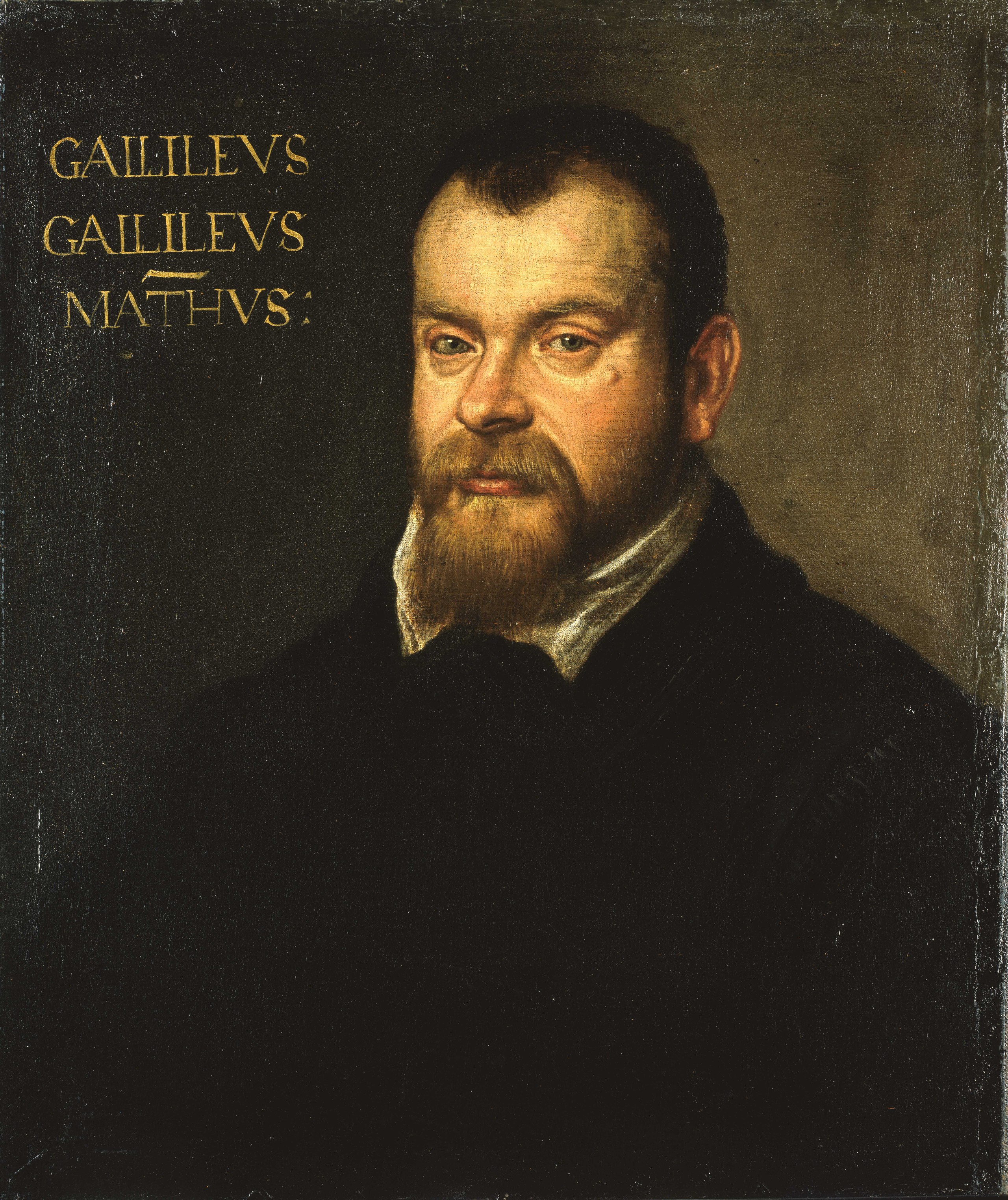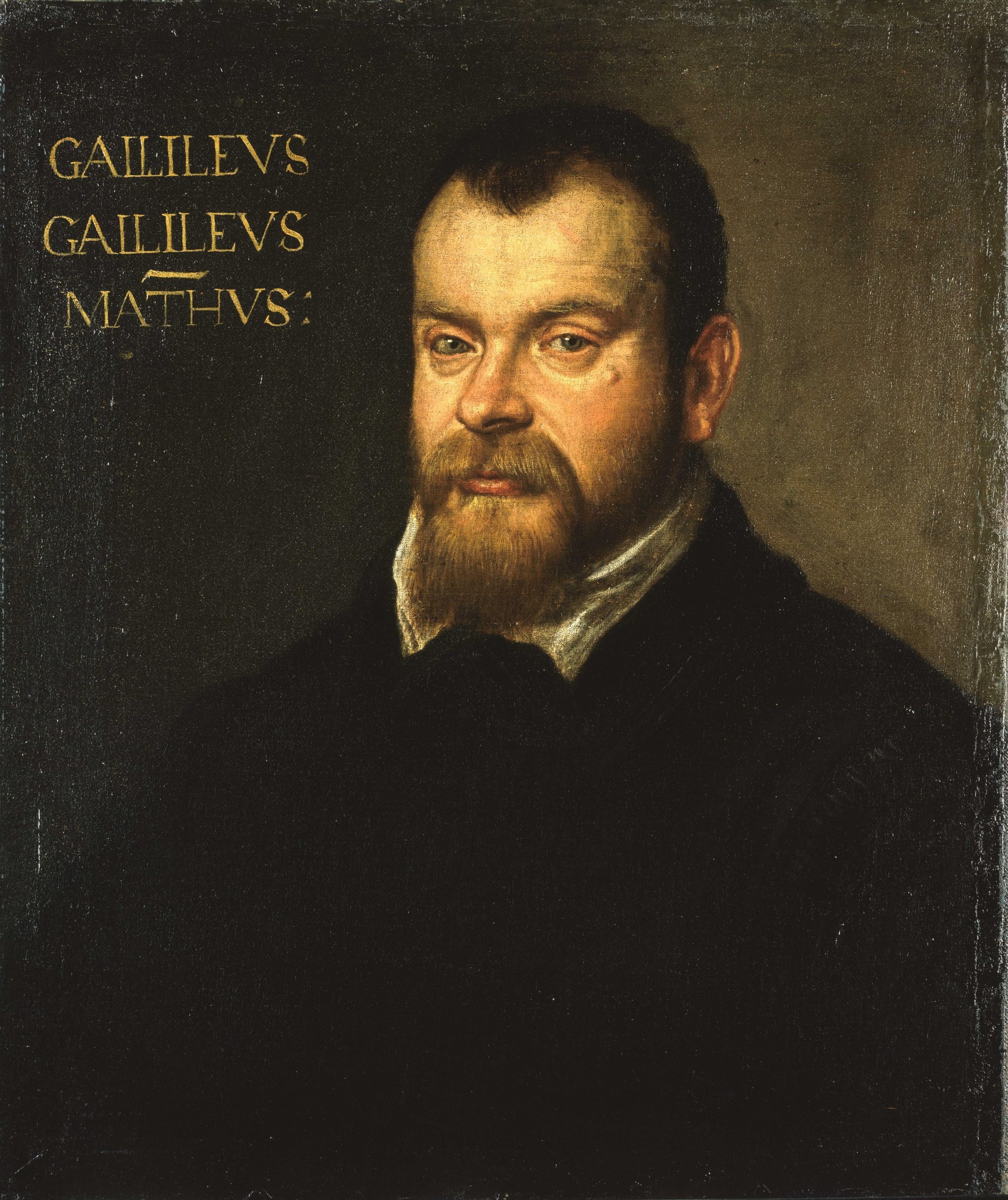
In his pivotal publication, “The History of the Barometer” (The Johns Hopkins Press, 1964), W. E. Knowles Middleton examines the historical relationship between Isaac Beeckman (1588–1637) and René Descartes (1596–1650), emphasizing a notably harsh evaluation of Descartes’ contributions to physics. Middleton points out that even though Descartes held considerable influence as a philosopher, much of his physical theories were later shown to be erroneous. Nevertheless, Descartes’ concepts significantly influenced the scientific discussions of his era.
The impact of Descartes extended into the 17th and 18th centuries, with individuals like Isaac Newton initially embracing Cartesian ideas before ultimately distancing themselves from them. After 1687, in the wake of Newton’s “Principia,” the scientific community experienced vigorous debates between Cartesians and Newtonians, with Newton’s theories eventually gaining dominance.
The most famous work of Descartes, “Discours de la méthode” (1637), introduced a logical, deductive approach to scientific investigation. It comprised essays on optics (“La Dioptrique”), geometry (“La Géométrie”), and meteorology (“Les Météores”). In “La Dioptrique,” Descartes sought to elucidate light through a corpuscular theory, dismissing the notion of a vacuum and asserting that light was a pressure conveyed through adjacent solid particles.
His comparisons, likening the transmission of light to a blind individual navigating with a cane or wine oozing through grapes, showcase his erroneous reasoning—where belief often took precedence over observational evidence. Descartes’ analysis of the laws of reflection and refraction employed mechanical analogies yet contradicted his earlier claims regarding the essence of light.
His inquiry into optics and vision significantly drew from Johannes Kepler’s theories, even as he provided enhancements in the understanding of retinal images and the brain’s interpretation. His research on lenses proposed potential remedies for spherical aberration, although the necessary technological capabilities to fabricate such lenses were absent.
In “Les Météores,” Descartes utilized his laws of reflection and refraction to study rainbows, offering a more comprehensive explanation than earlier scholars while neglecting to recognize predecessors who had reached similar outcomes. Although he accurately detailed the angles of primary and secondary rainbows, his theories concerning the nature of colors were fundamentally flawed, contradicting the results of Isaac Newton’s spectrum experiments.
Descartes’ legacy in optics is characterized by a blend of valid insights and considerable mistakes, yet his influence on scientific discourse was unmistakable, promoting debate and advancement during a transformative period in science.
